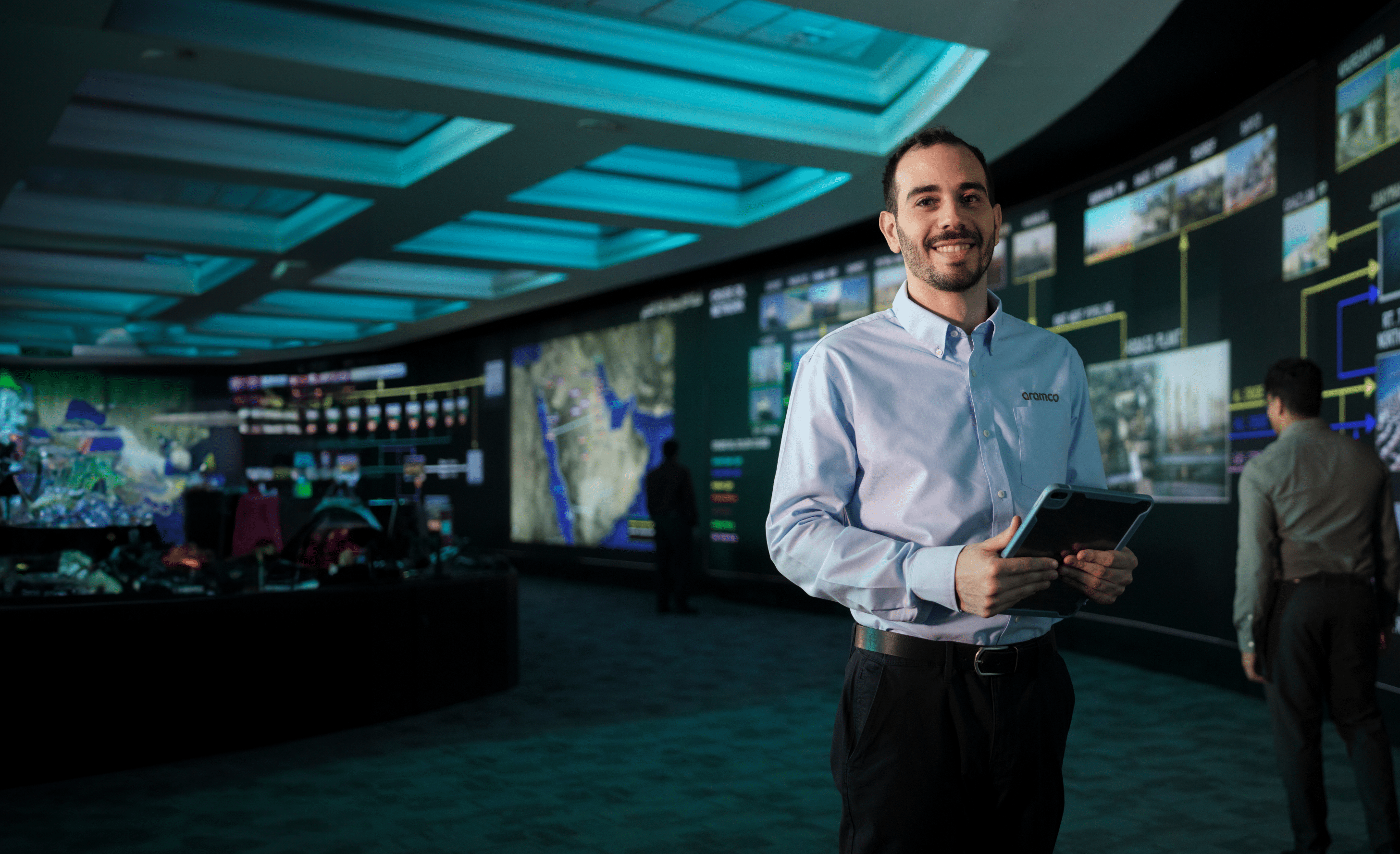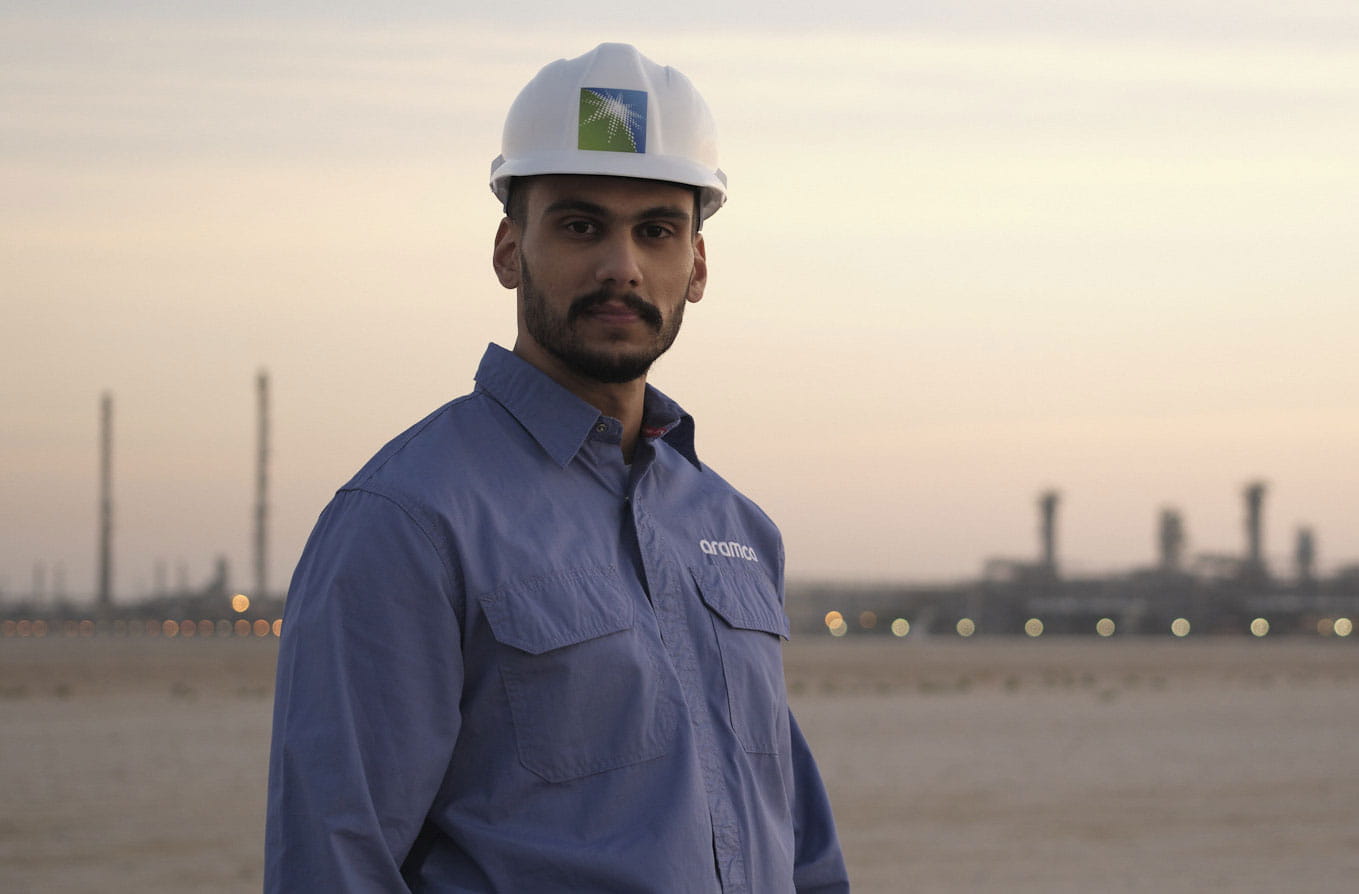
Powered by how
How can we help to engineer a better future for everyone?
Aramco is an energy and chemicals company with oil and gas production as its primary business.
In 1938, we discovered oil. We also discovered questions. Questions that may drive the culture of our company, our industry — even the world.
At first, the questions were simple. How do we move the oil from the well to the coast? How do we reach off-shore fields? And as we grew, so did the complexity of our questions.
Today we ask ourselves the biggest questions. How can we help deliver reliable access to energy? Help transform the future of fuels? Unleash human potential? How can we explore genuine change for the people, communities and businesses that we serve across the world?
How? This question powers everything we do, now and for the future.
At first, the questions were simple. How do we move the oil from the well to the coast? How do we reach off-shore fields? And as we grew, so did the complexity of our questions.
Today we ask ourselves the biggest questions. How can we help deliver reliable access to energy? Help transform the future of fuels? Unleash human potential? How can we explore genuine change for the people, communities and businesses that we serve across the world?
How? This question powers everything we do, now and for the future.
Powered by how

How can supporting female talent accelerate our industry?



